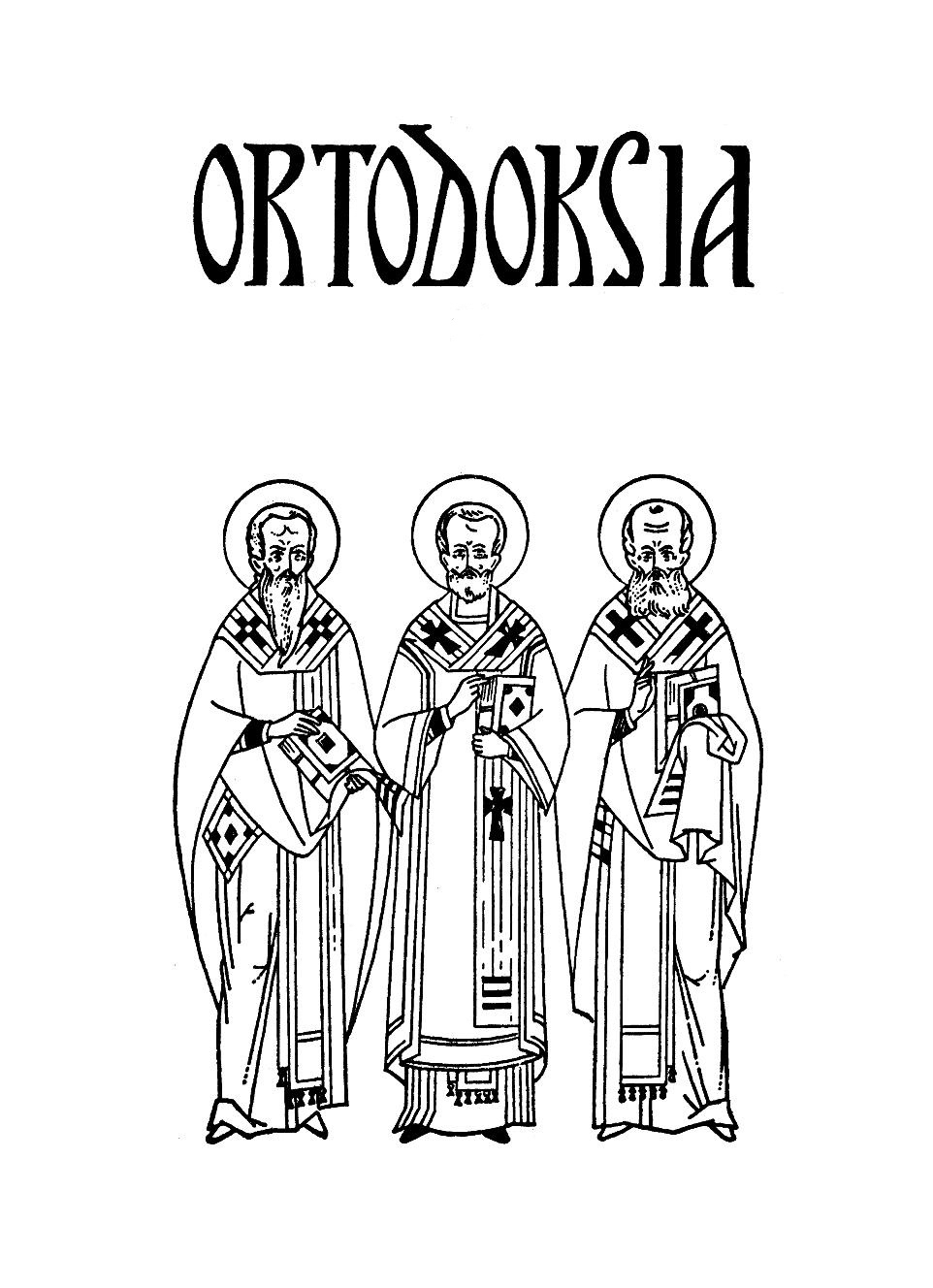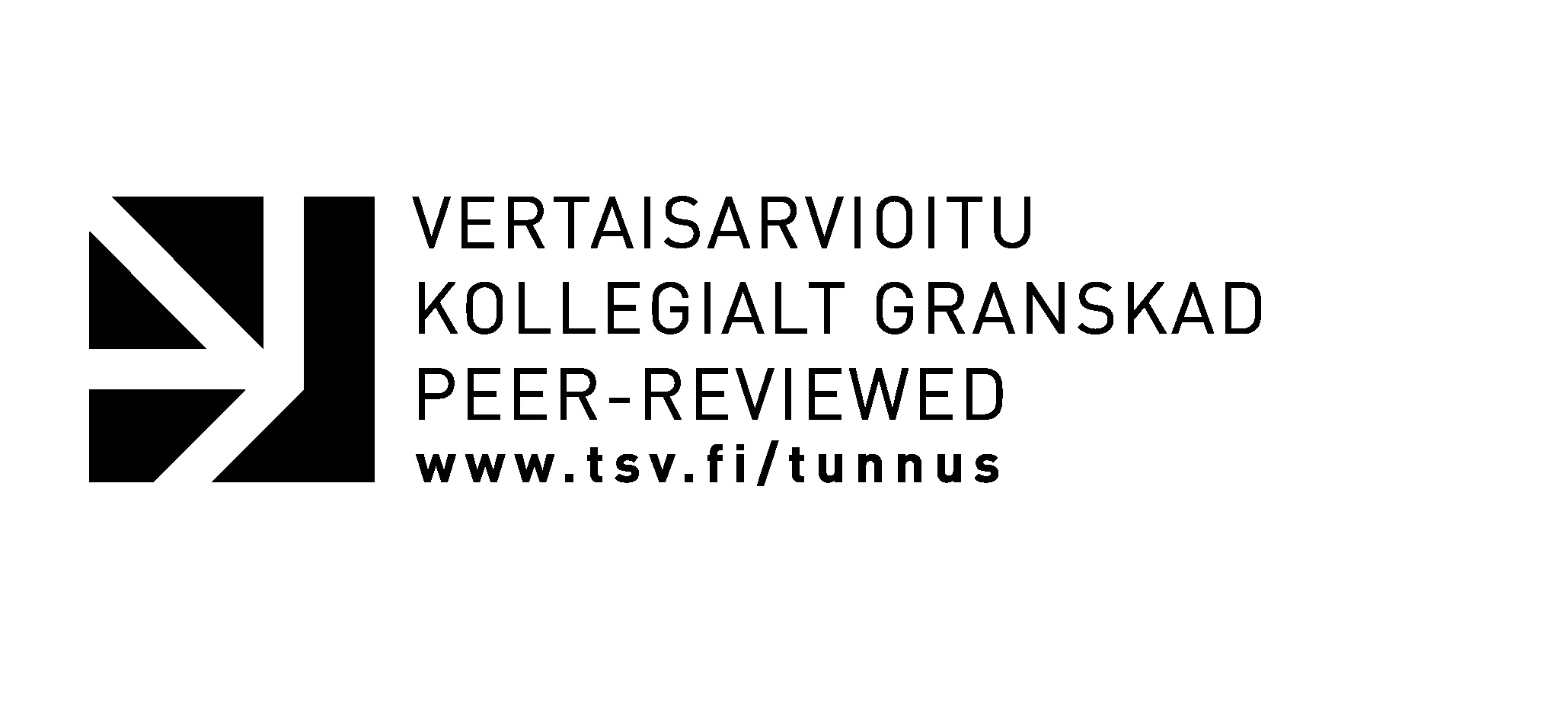Toisiinsa kietoutuneet
Suomen ortodoksisen kirkon ja Suomen valtiovallan pitkä yhteinen taival
Abstrakti
The national independence of Finland in 1917 marked for the Finnish Orthodox Church strengthening of its position as a national church. Historical reasons gave grounds for the status: the Orthodox Church had been visibly present in the Grand Duchy of Finland in 1800’s, and the Czarist regime had brought about prestige for it. In addition, a significant Orthodox population inhabited Karelia, the southeastern region of Finland.
In the Regulation of the Greek-Catholic Church of Finland issued on November 26th, 1918, the relationship of the state with the church was accurately defined. The regulation enabled the government to control church life and to reduce the impact of Russianism within the Church.
Nationalistic clergymen were satisfied with the solutions of the state. In their opinion, only a Finnish Church could continue to exist in Finland. The final resolution to the conditions was considered achieved in 1923 when the Finnish Orthodox Archdiocese was cut away from the Moscow Patriarchate and was connected with the Patriarchate of Constantinople. In this process, the Finnish Government played a crucial role. Russian members of the Finnish Church, however, were often set against reforms and held the Moscow Patriarchate as their only true Mother-Church.
After the World War II the connection to the state was once again highlighted. The Church needed the parliament to be inclined towards its reconstruction, since it had lost about 90% of its assets when Finnish territories were transferred to the Soviet Union. In 1945 a period of canonical re-evaluation began in the church when Moscow Patriarchate proposed a re-engagement of the canonical status of the Finnish Orthodox Church. Minister of the Interior Yrjö Leino believed that the due to political reasons, the Finnish Church had to return to Moscow Patriarchate. However, the majority of the state leadership did not approve this. The canonical crisis subsided only in 1957. The Church-State relations continued to strengthen in 1960’s and 1970’s. During the era of Archbishop Paul a third episcopal see was established with government’s support.
The Orthodox Church of Finland has greatly benefited from its good relations with the State. Especially the post-war reconstruction of the Church, funded by the government, was of a great advantage to the Church. According to estimates, the benefits of close state relations have been more significant than disadvantages.



